How to Prevent Your C Drive from Auto-Filling with Simple Steps?
When your C drive starts filling up on its own, it’s typically due to an accumulation of system restore points, hibernation files, large temporary files, and more. In some cases, it could be a sign of malware replicating itself within the system.
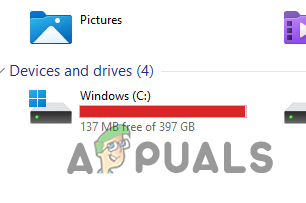
To address this issue, you can use a third-party utility like TreeSize to locate the large files and folders causing your storage space to dwindle. This guide will walk you through various verified methods to resolve the problem of the C drive filling up by itself.
1. Disable Hibernation
Hibernation is a feature that saves your current session to your hard disk, allowing your computer to power off without losing your current progress. Over time, the hibernation file can become quite large. To delete it, you’ll need to disable hibernation:
- Open the Start Menu and search for ‘command prompt.’ Right-click it and select the ‘Run as administrator’ option.
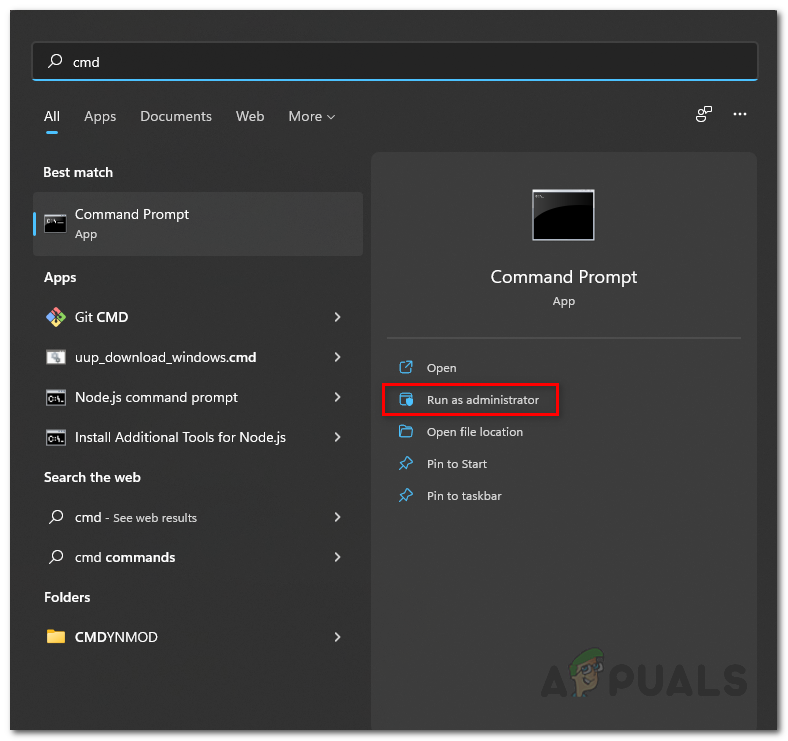
Opening the Command Prompt as Admin - Type the following command in the Command Prompt window and press Enter:
powercfg.exe -h off- This action disables hibernation and removes the ‘hiberfil.sys’ file.
- Monitor your system to see if the problem persists.
2. Clear Temporary Folder
Windows stores temporary files in a system directory, which can grow significantly over time, potentially causing your system drive to appear as though it’s filling itself.
- Press the ‘Win key + R’ to open the Run dialog box.
- Type ‘%temp%’ and press Enter.
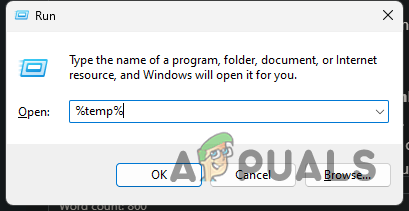
Opening Temp Folder - A File Explorer window will open in the Temp folder.
- Select all files by pressing ‘CTRL + A,’ then delete them permanently with ‘SHIFT + DEL’.
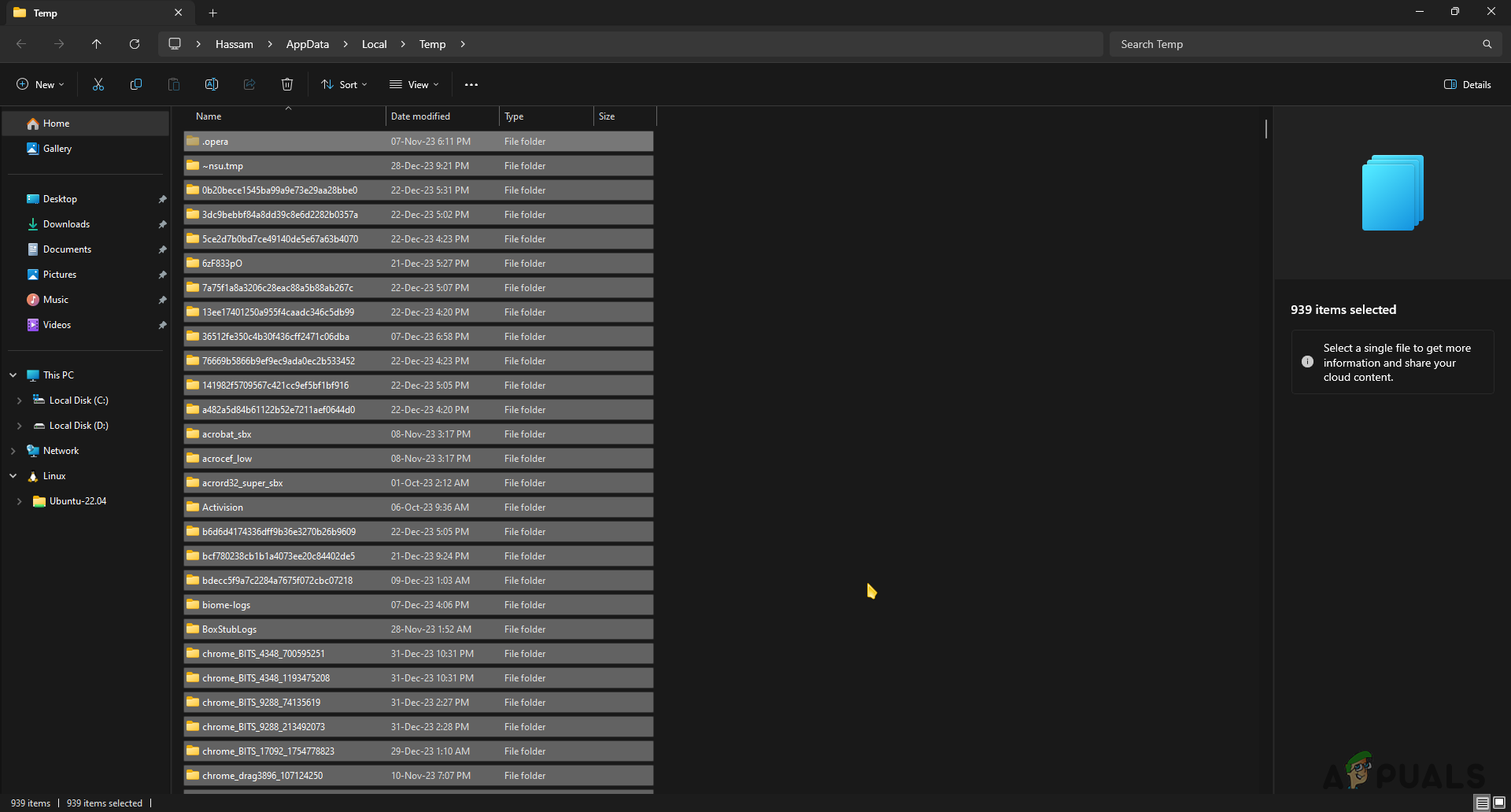
Selecting all Folders in Temp - If some files cannot be deleted because they are in use, consider starting Windows in safe mode to delete them, or close any background processes that may be using them.
3. Check System Restore Points
System Restore points are backups that can restore your PC to an earlier state but can consume substantial storage space.
- Search for ‘System Restore’ in the Start Menu and open it.
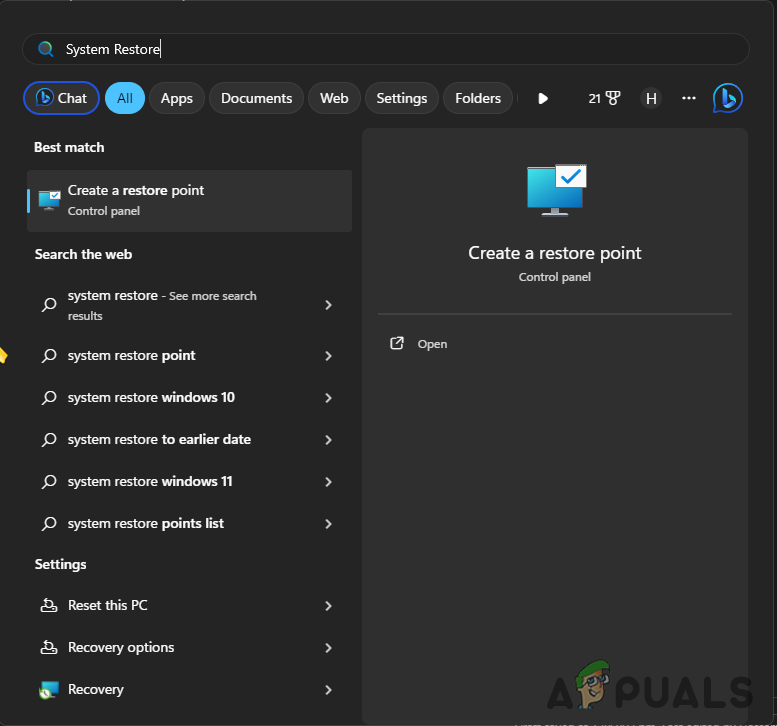
Opening System Restore Settings - Select the ‘C drive’ and hit ‘Configure’.
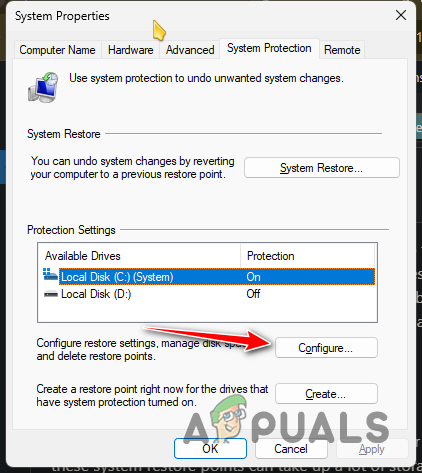
Configuring C Drive System Restore Settings - Review the maximum storage size limit for system restore points.
- If ‘Current usage’ exceeds your expectations, delete old restore points to free up space.

Deleting System Restore Point - Adjust the ‘Max Usage’ slider to limit the maximum storage space used by System Restore.
4. Run Malware Scans
A full system drive may also be caused by malware, especially a rootkit, which replicates itself, using up storage space.
In such cases, you need to run a malware scan:
- Open the Settings app by pressing ‘Win key + I’.
- Navigate to ‘Privacy and Security > Windows Security > Virus and Threat Protection’.
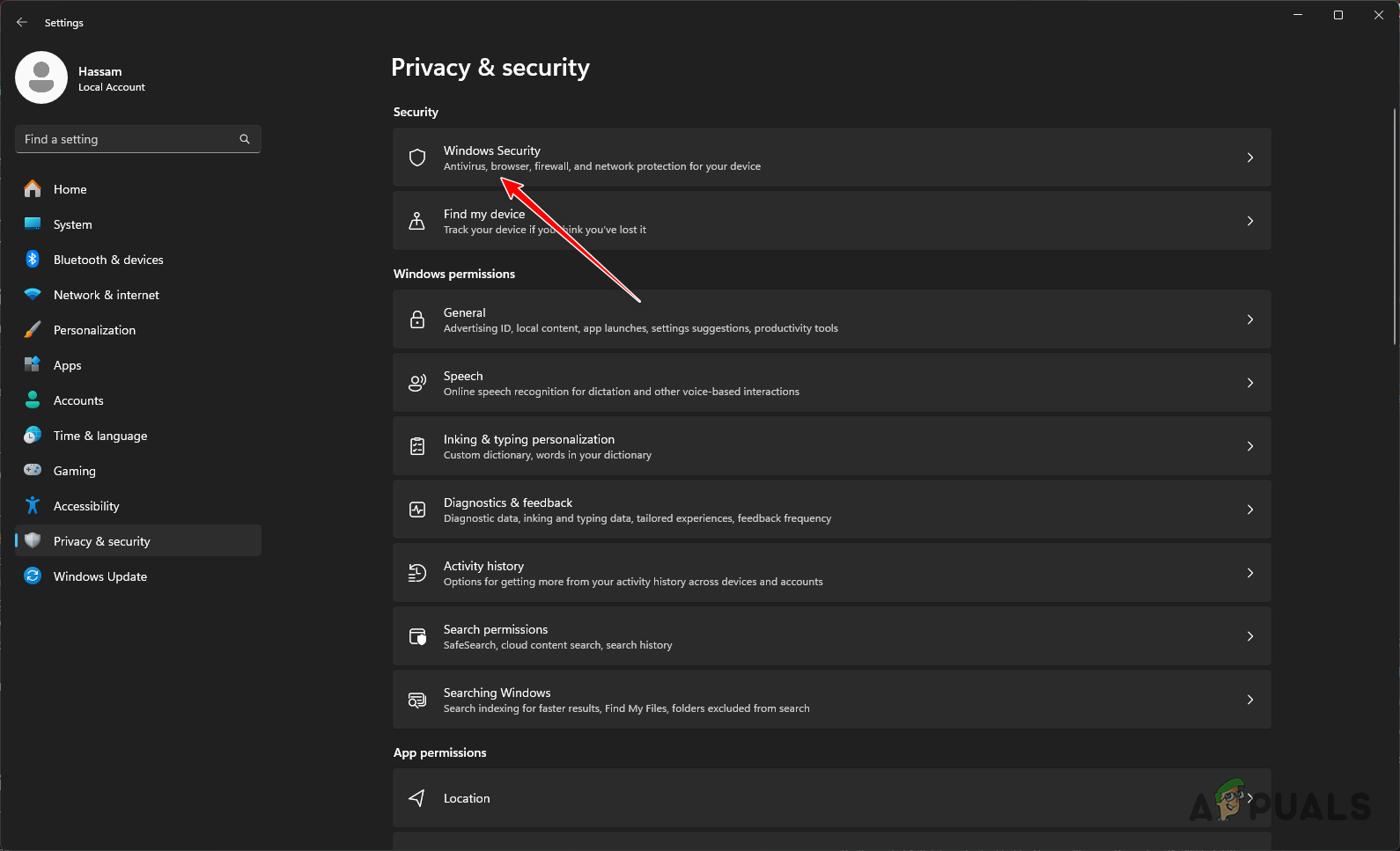
Navigating to Windows Security - Click ‘Scan options’ in the Windows Security window.
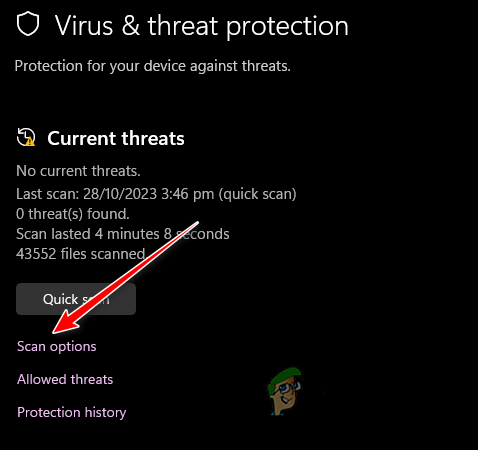
Navigating to Scan Options - Choose ‘Full scan’ and click ‘Scan now’.
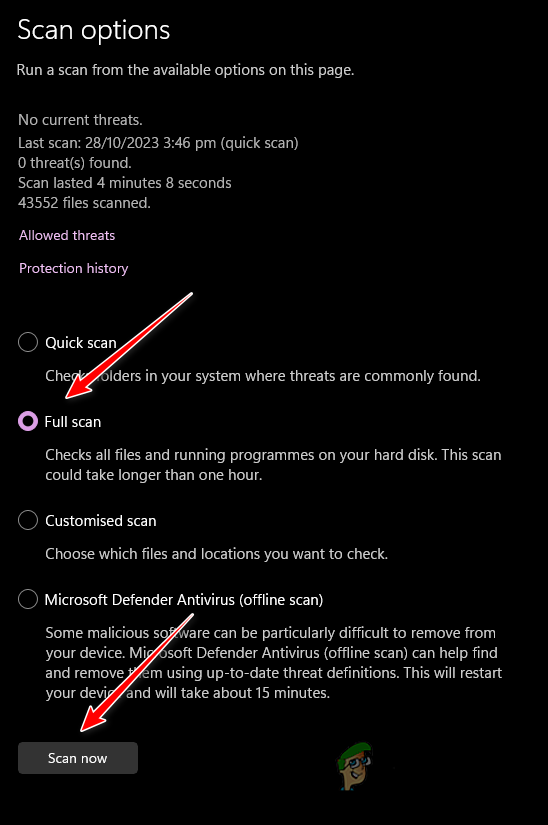
Performing Full System Scan - Wait for the scan to finish.
Consider using a reputable third-party antivirus program, such as Malwarebytes, for additional scan options.
5. Use TreeSize
TreeSize can help identify what is consuming your system storage; you can then delete the unnecessary files:
- Download TreeSize from the official website here.
- Follow the instructions to install the application.
- Open TreeSize from the Start Menu and run it as an administrator.

Opening TreeSize - Select the C drive for analysis.

Scanning C Drive with TreeSize - Allow the scan to complete.

TreeSize Scan Result - Use the ‘Size’ column to identify and delete the largest files.
6. Clean Install Windows
When other methods fail, a clean installation of Windows might be your last resort. This will format your C drive, eradicating any issues that cause it to fill up spontaneously.
Ensure you backup any important data before proceeding, as formatting will erase your data irrevocably.
You can follow our detailed guide here on performing a clean Windows installation step by step.
The solutions provided herein should assist in restoring your system storage and preventing your C drive from self-filling. If the issue persists, we recommend contacting the Windows support team for further assistance.




